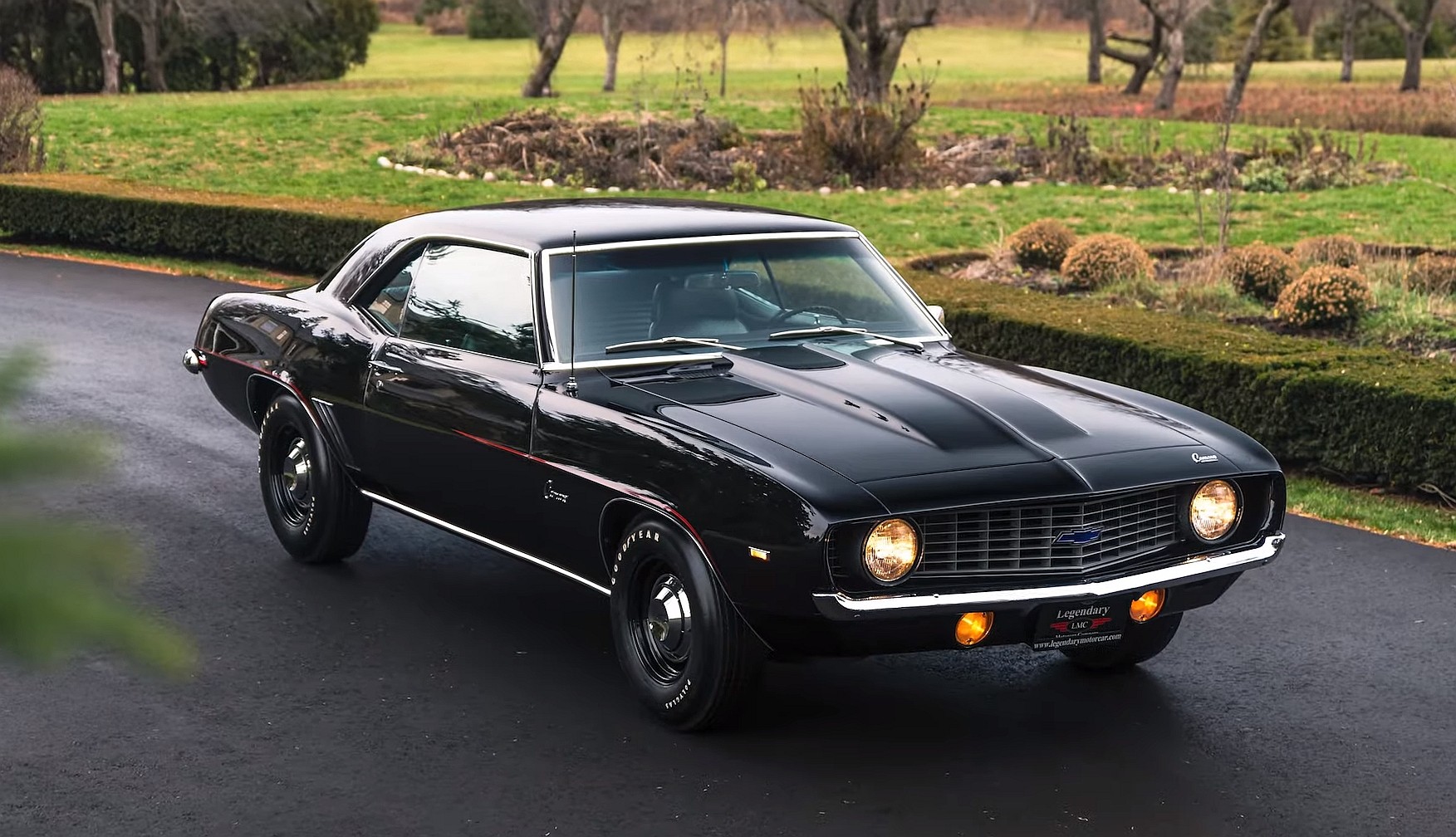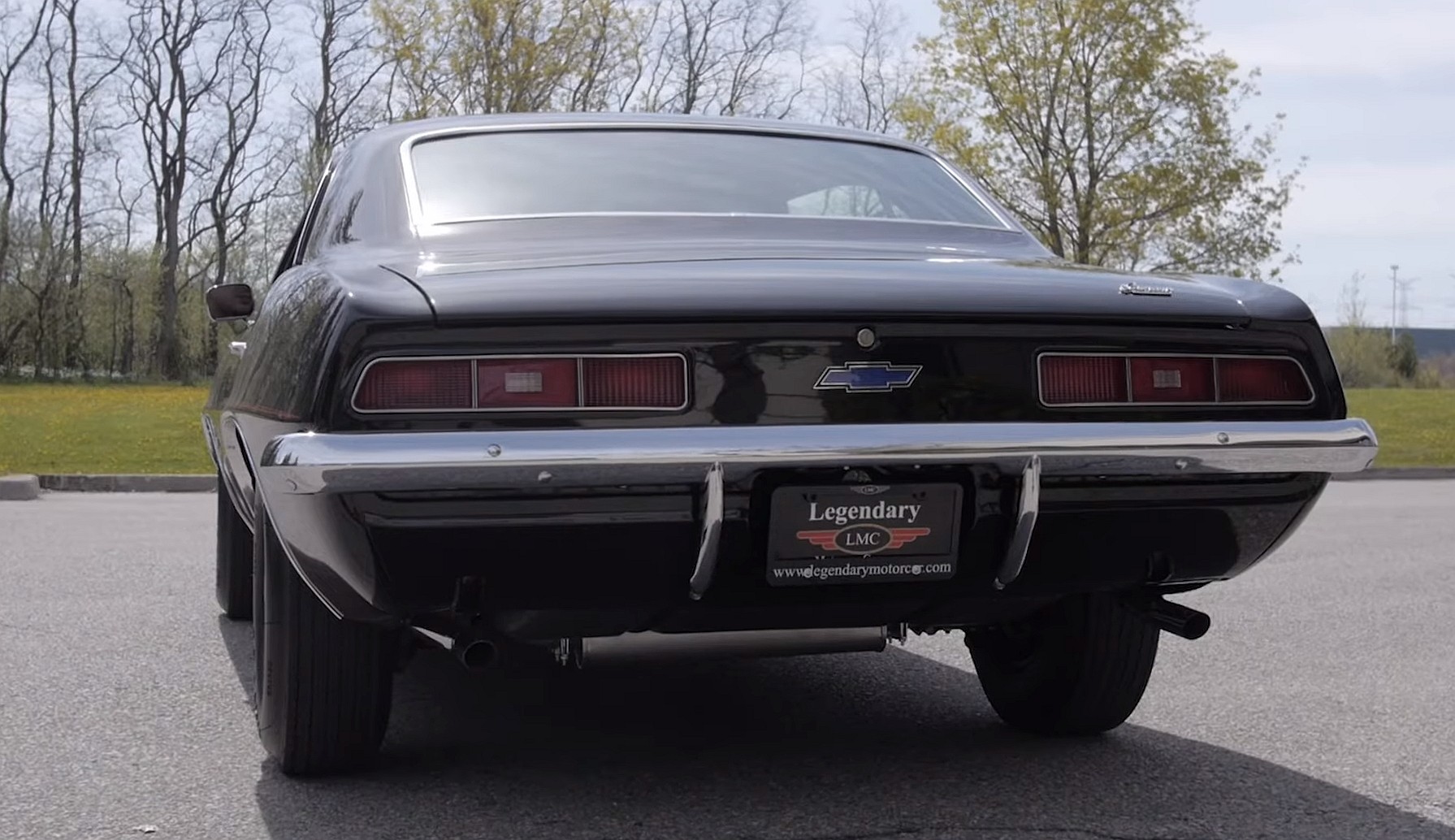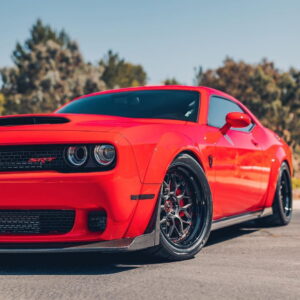Introduced in 1966 as a somewhat late response to the pony car market created by the Ford Mustang and Plymouth Barracuda, the Chevrolet Camaro was an instant hit. The first-gen model sold around 430,000 units over three model years and spawned legendary iterations like the SS, RS, Z28, and ZL-1.
The latter is arguably the rarest version of the original Camaro. Part of the short-lived COPO series, it was built in just 69 units. Equipped with a race-spec, all-aluminum 427-cubic-inch (7.0-liter) V8, the COPO ZL-1 is now a $500,000 classic, with a few examples actually worth over $1 million.

But I’m not here to talk about the ZL-1. The sleek Camaro you see here is also a COPO, but it’s the L72 version. Known as COPO 9561 back in the day, this rig was born following several requests by dealers for a Camaro with a 427 V8.
You see, GM forbade Chevrolet from installing engines larger than 400 cubic inches (6.6 liters) at the time, so customers who wanted more oomph had to rely on dealer-installed upgrades to get their fix. Yenko, Baldwin-Motion, Nickey, and Dana were among the dealers operating swaps in the late 1960s.

Don Yenko eventually requested Chevrolet a limited batch of Camaros fitted with a 427 on the assembly line. His engine of choice was the solid-lifter, L72 big-block. The will had been offered in full-size Chevys and the Corvette starting in 1966.

Chevrolet agreed to supply Yenko with 201 cars, which were put together using the Central Office Production Orders (COPO) process, usually used on fleet and special orders. Other dealers soon became aware of this option, and Chevrolet eventually fitted around 1,000 Camaros with the L72 option in 1969.

Granted, the L72 is not as rare as the ZL-1, but it’s just as legendary and nearly as potent at an underrated 425 horsepower and 460 pound-feet (624 Nm) of torque. And as this perfectly restored, black-on-black example proves, it’s one heck of a sleeper.
Hailing from Legendary Motorcar’s impressive collection of rare muscle cars, this 1969 COPO Camaro is arguably one of the finest examples out there. It’s the very definition of a spotless classic and what every barn find hopes to become. And unless you notice the bulged hood, you’d be tempted to believe you’re looking at a run-of-the-mill Camaro.

But that hood hides a squeaky clean L72 that not only looks like it could win awards on its own but also runs perfectly and sounds fantastic at idle and when the pedal hits the floor. Oh, and it mates to an M22 four-speed manual and a 4.56 rear end, which makes it the perfect dragstrip runner. Fortunately, the video below includes a lot of driving footage, so you can hear it roar at high rpm. Hit play and crank up the volume.





